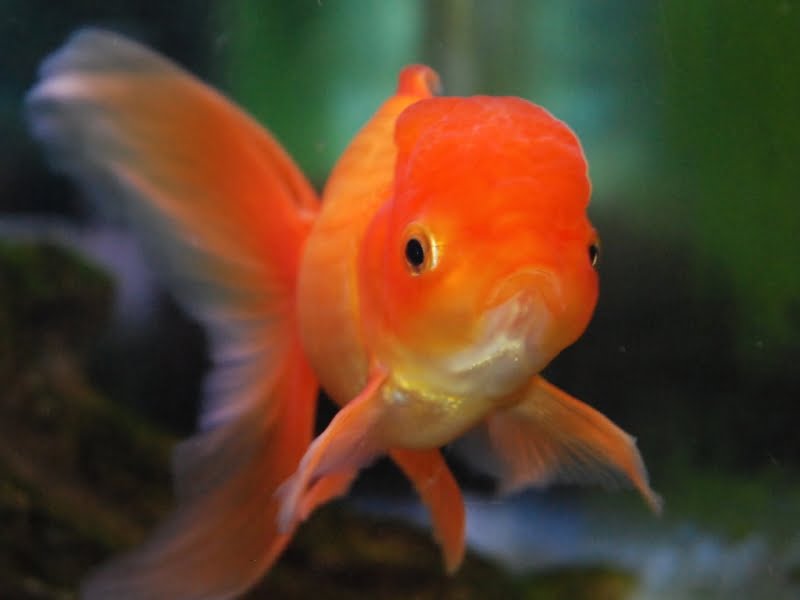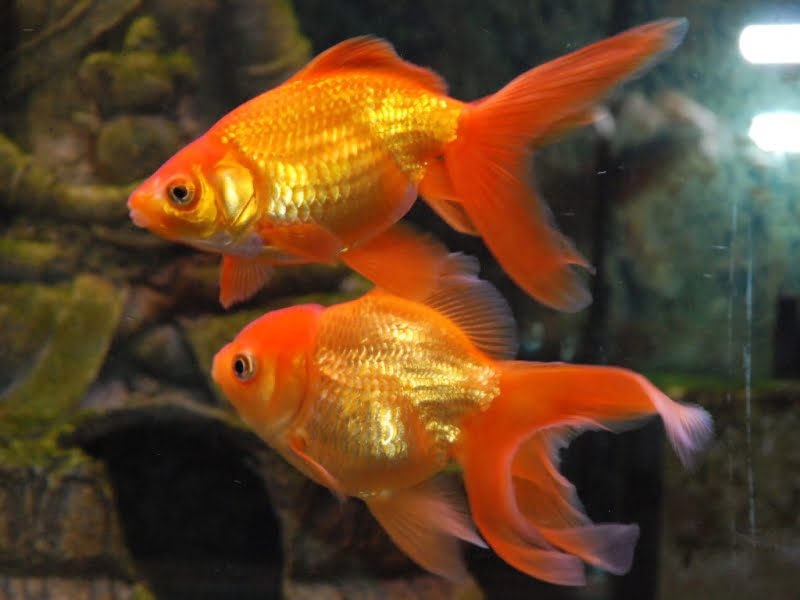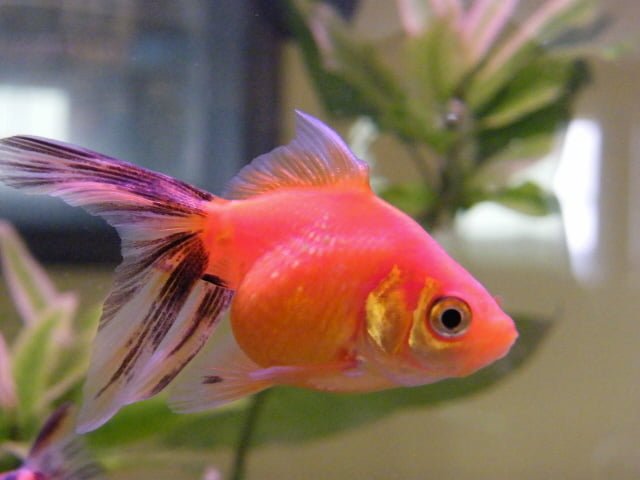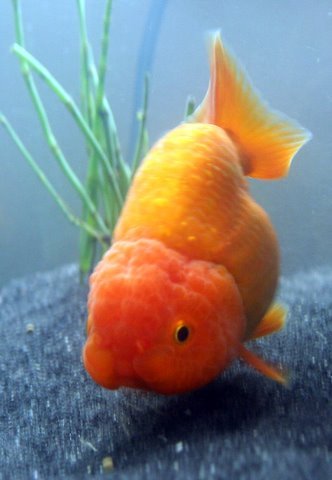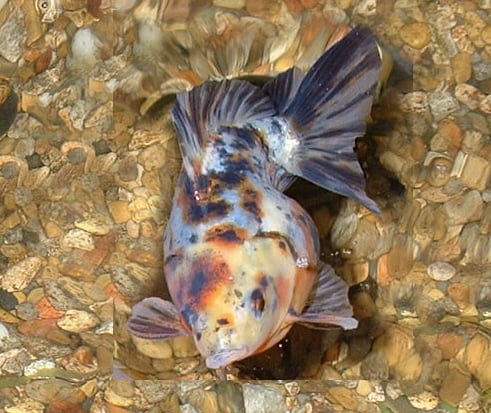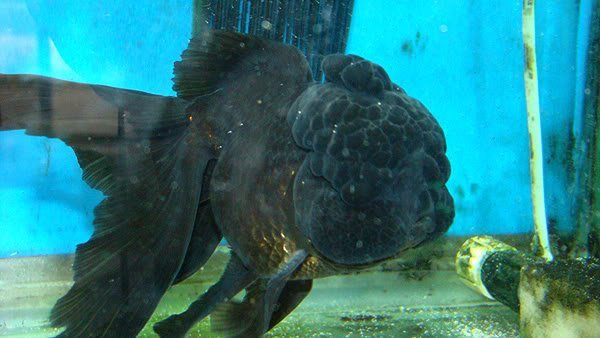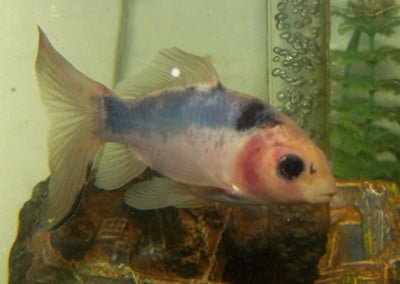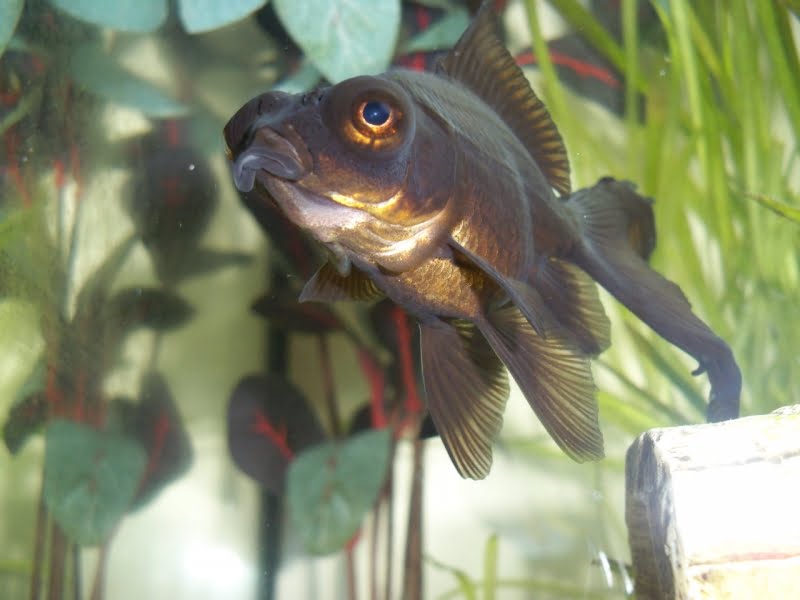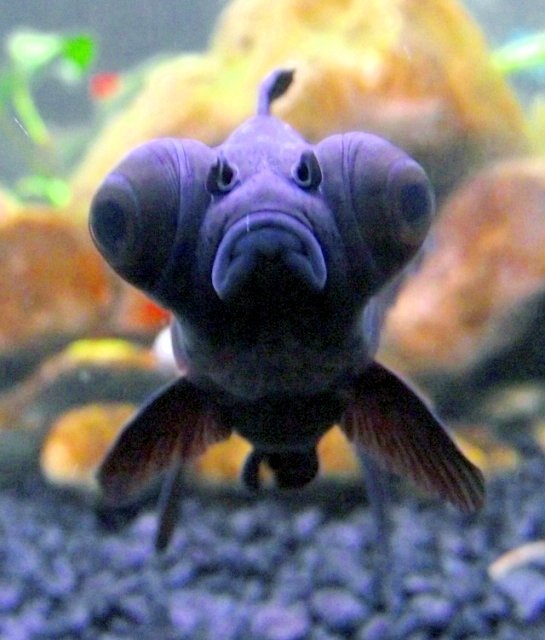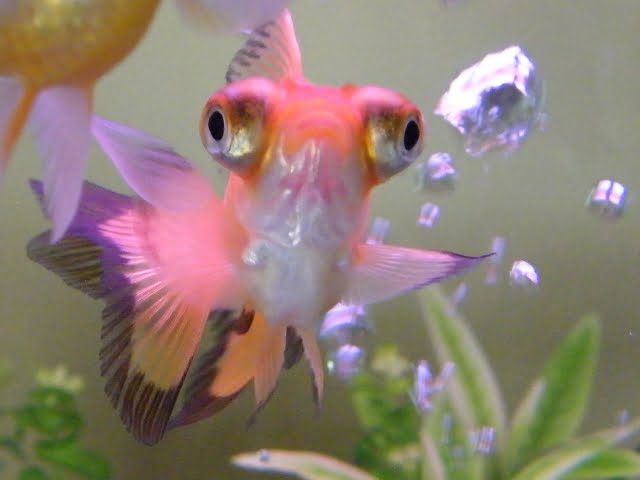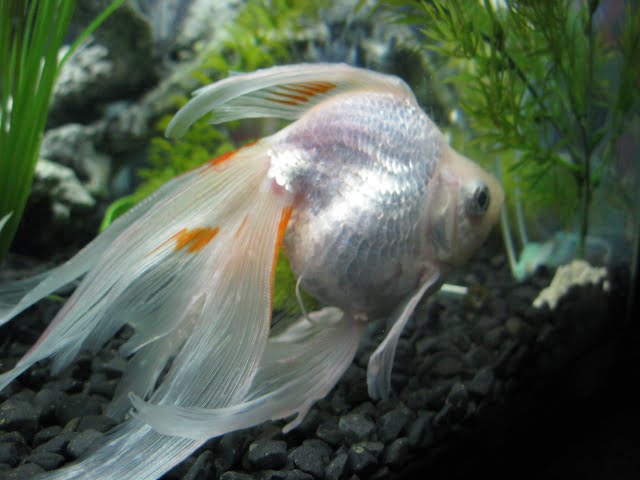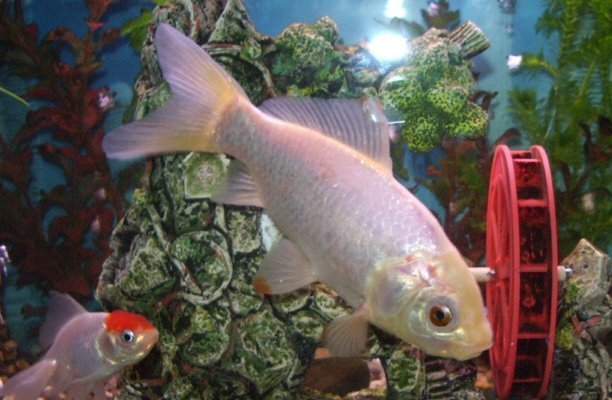Goldfish Breeds are growing in numbers
Goldfish breeds are growing in numbers due to demand. What started as a simple common goldfish has now started a major industry including goldfish of all colors and body types. Descendants of the gibel carp have been swimming upstream in China’s icy cold rivers for centuries upon centuries; the ‘goldfish’ bred for it magnificent beauty; its brilliant coloration and splendid size, developing into a wide range of variations of the species
-
Single tailed varieties of goldfish
Single tail varieties of goldfish include the common, the comet and the shubunkin which are similar in body shape, easily housed together, and are the hardiest of the species. These goldfish are fast and sleek. They grow quicker and live longer than the fancy variety
-
Double tailed varieties of goldfish
Include the wakin, jikin
-
Double tail with dorsal fin varieties goldfish
Varieties of goldfish include the fantail, black moor, panda moor, veiltail, demekin, ryukin, pompom, telescope, oranda, pearlscale, ranchu; these fancy goldfish are more delicate and demand pristine water conditions; they are also prone to digestive and swim bladder issues
-
Double tail with no dorsal fin varieties of goldfish
Include the bubble eye, celestial, ranchu, lionhead, eggfish
Goldfish breeds
Upon public demand, the variety list will continue to grow. Over the years goldfish have become more complex in body shape, however, this has led to serious health issues. Some have bodies that are short and deep; almost contorted. These fish experience a higher rate of floating issues that lead to organ failure. To date, the longest living ryukin we’ve seen here at gfe has been eight years; kept in a healthy ecosystem, and fed a healthy diet, whereas the longest living comet was fifteen years old at the time of death. The comet was kept in a less than healthy environment
